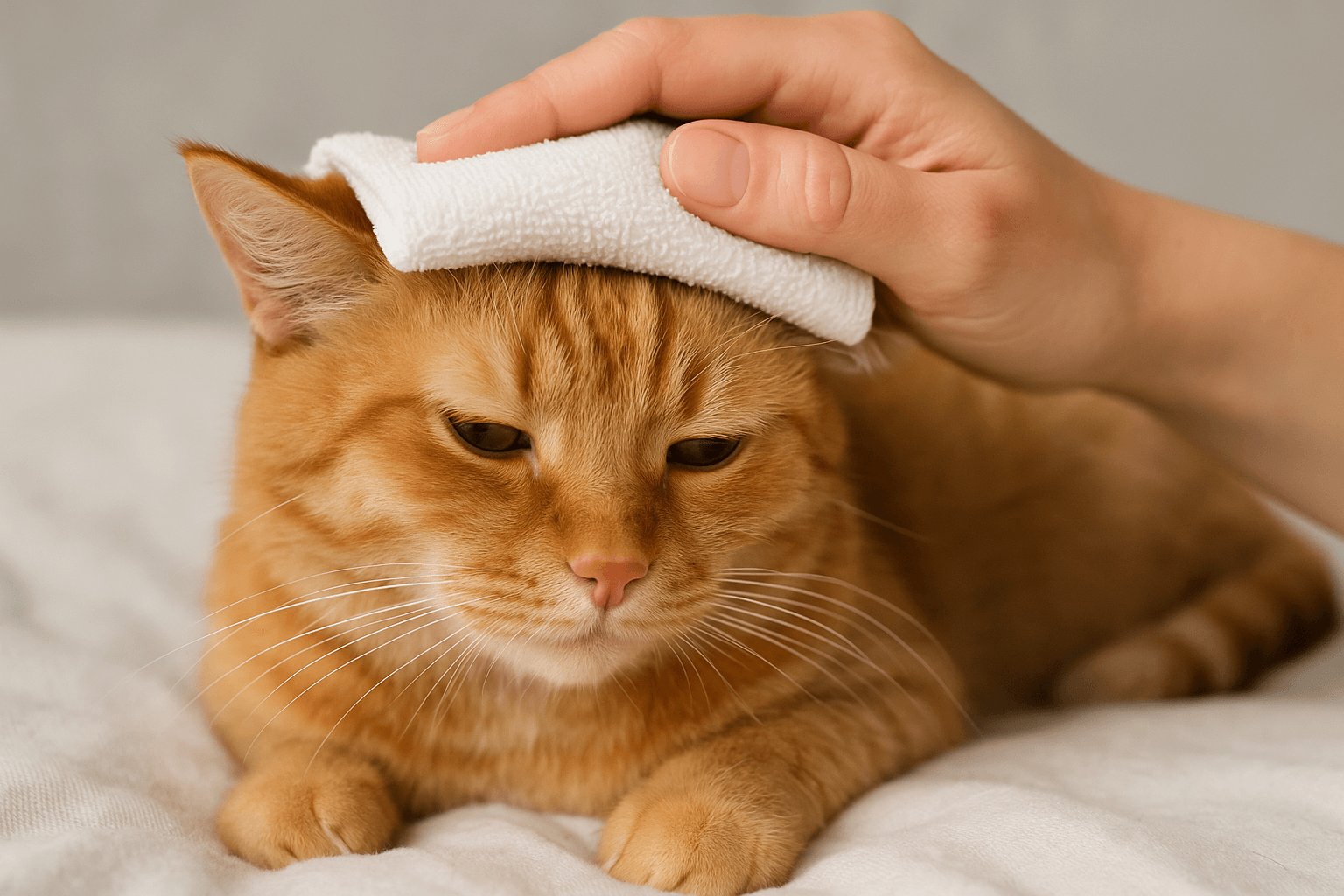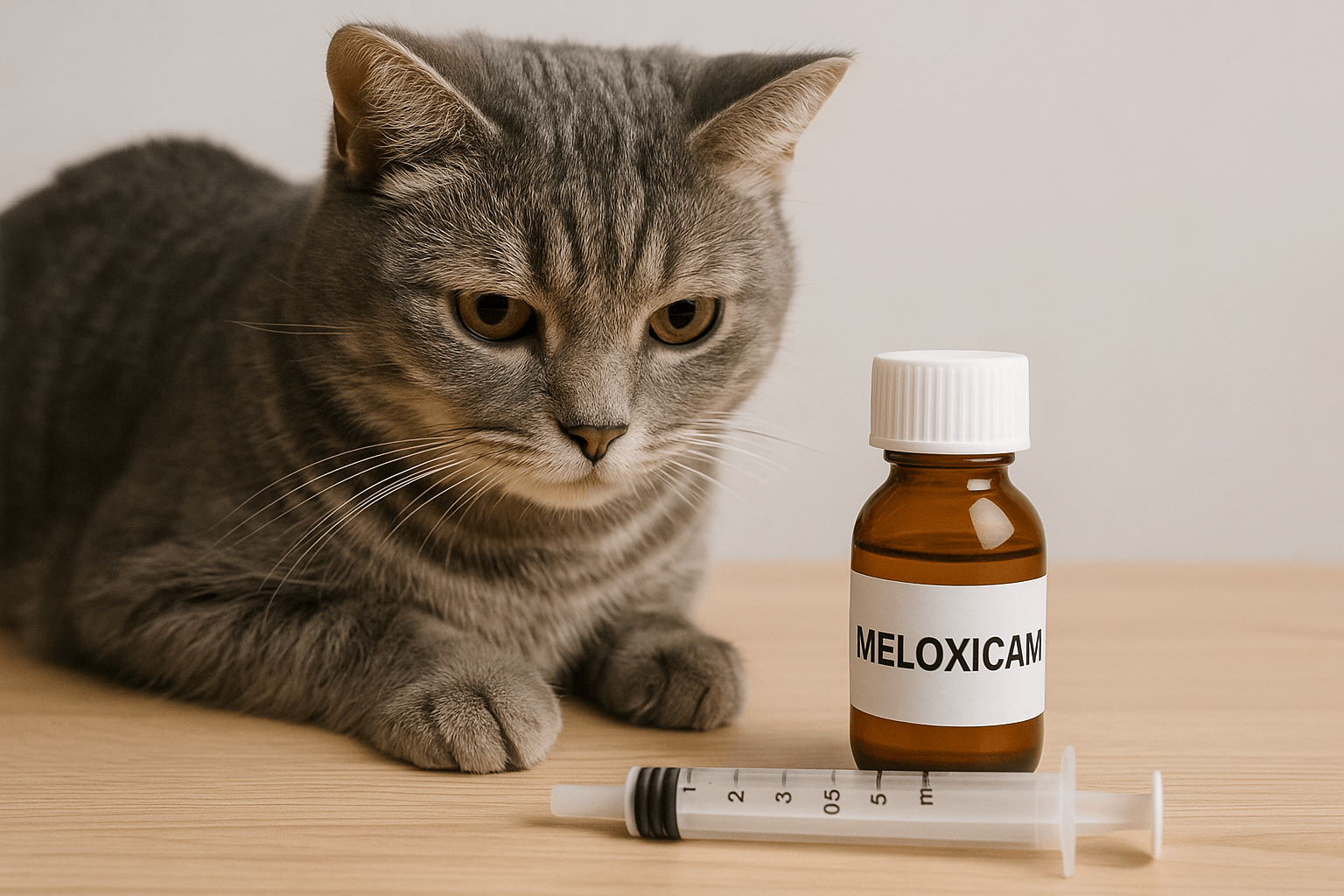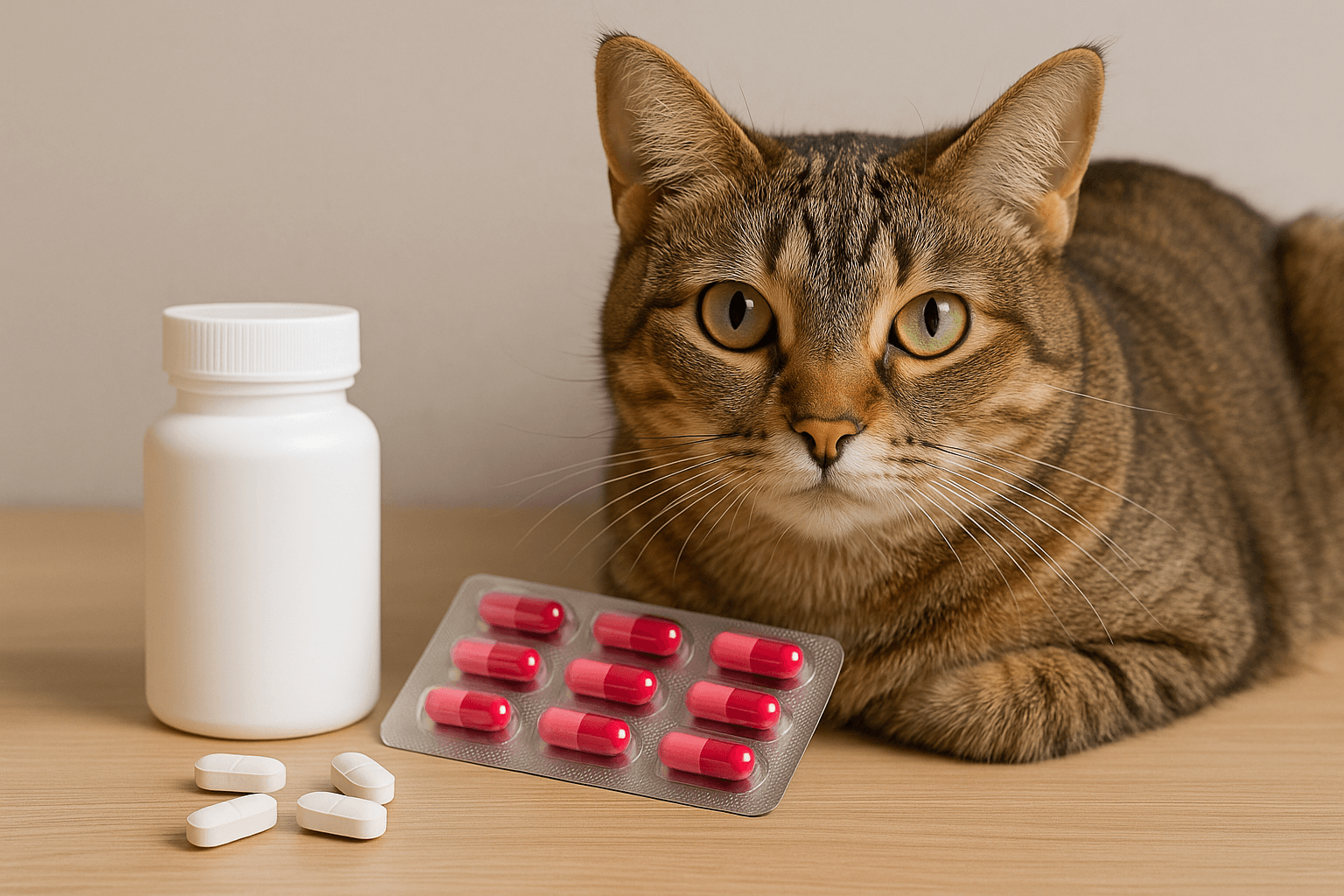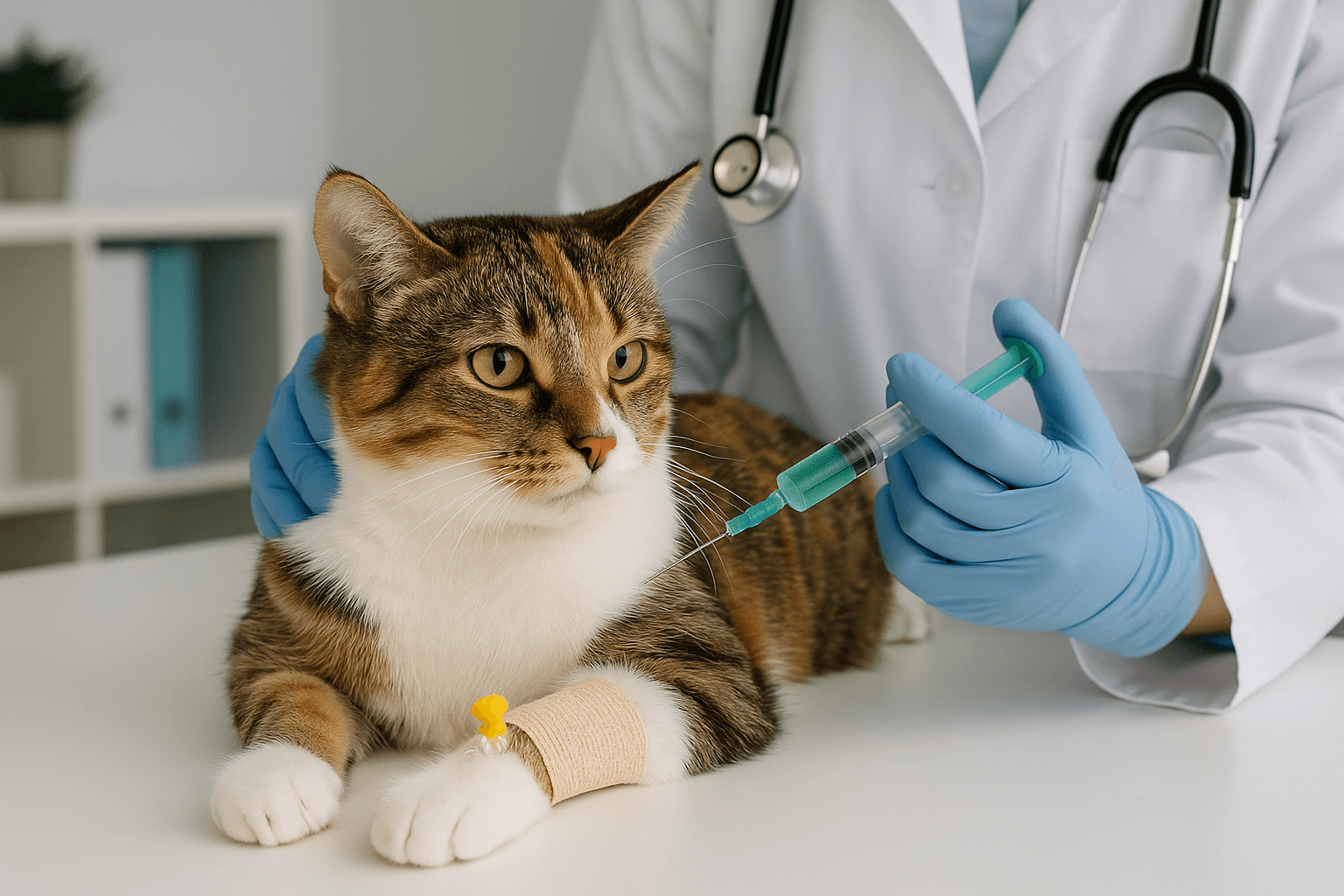Creating the Perfect Cat Birthing Box: A Guide for Expectant Feline Parents
Welcoming a litter of kittens into the world is an exciting yet delicate process. As a cat owner, preparing a safe and comfortable birthing environment is one of the most important steps you can take to ensure a smooth delivery for your feline friend. A well-prepared cat birthing box serves as a sanctuary where your pregnant cat can feel secure and relaxed during labor and the early days of motherhood. In this blog post, we’ll explore everything you need to know about setting up the ideal birthing box, from choosing the right materials to understanding your cat’s needs.
Essential Features of a Cat Birthing Box
When designing a birthing box for your cat, it’s crucial to focus on functionality and comfort. Below are some key features that every birthing box should have:
Size Matters:
The box should be spacious enough for your cat to move around comfortably but not so large that she feels exposed or insecure.Soft Bedding:
Line the bottom of the box with soft, washable materials like fleece or old towels to provide warmth and cushioning for both the mother and her kittens.Easy Access:
Ensure the entrance is low enough for the cat to step in and out effortlessly, even when heavily pregnant.Privacy and Security:
Place the box in a quiet, low-traffic area of your home where your cat won’t be disturbed by noise or activity.Ventilation and Safety:
Make sure the box has good airflow while keeping the kittens safely contained within its walls.
A thoughtfully designed birthing box will not only make your cat feel secure but also help reduce stress during this critical time.
Step-by-Step Guide to Setting Up the Birthing Box
Once you’ve gathered all the necessary materials, follow these steps to create a welcoming space for your cat:
Choose the Right Location:
Select a quiet corner of your house away from drafts, direct sunlight, and high foot traffic.Cleanliness is Key:
Thoroughly clean and disinfect the box before introducing it to your cat to prevent any risk of infection.Introduce the Box Early:
Allow your cat to explore the birthing box weeks before her due date so she becomes familiar and comfortable with it.Add Familiar Scents:
Include items like her favorite blanket or toy inside the box to make it smell familiar and inviting.Monitor Adjustments:
Observe how your cat interacts with the box and make adjustments if needed to better suit her preferences.
By following these steps, you’ll create a nurturing environment that encourages your cat to use the birthing box confidently.
Check this guide 👉 Understanding a Swollen Lip in Cats: Best 7 Health Tips!
Check this guide 👉 Understanding Cat Reverse Sneezing: Best 7 Expert Care Tips!
Check this guide 👉 Understanding Haws Syndrome in Cats: Best 7 Expert Care Tips

Key Considerations | Practical Tips |
|---|---|
Size of the Birthing Box | Choose dimensions based on your cat’s size. |
Material for Bedding | Use non-slip fabrics like fleece or cotton. |
Placement of the Box | Avoid noisy areas; opt for calm spaces. |
Temperature Control | Keep the room warm (around 75°F/24°C). |
Accessibility for Kittens | Ensure sides are low enough for tiny kittens. |
Common Mistakes to Avoid When Preparing a Birthing Box
Even with the best intentions, there are common pitfalls that pet owners may encounter. Here’s what to watch out for:
Overcrowding the Space:
Adding too many toys or unnecessary items can overwhelm your cat and clutter the box.Ignoring Hygiene Practices:
Failing to clean the box regularly increases the risk of infections for both the mother and her kittens.Choosing Unsuitable Materials:
Avoid slippery surfaces or materials that could cause discomfort or harm to newborn kittens.Placing the Box in a Busy Area:
High-traffic zones can stress your cat and disrupt the birthing process.Not Testing Accessibility:
Ensure the box is easy for your cat to enter and exit, especially as her mobility decreases near delivery.
Avoiding these mistakes will contribute to a safer and more comfortable birthing experience for your cat.
Post-Birth Care for Your Cat and Her Kittens
After the kittens arrive, proper care remains essential to their health and well-being. Here’s what you need to keep in mind:
Keep the Area Clean:
Regularly replace bedding and remove waste to maintain hygiene.Monitor Mother-Kitten Bonding:
Watch for signs that the mother is nursing and bonding with her kittens effectively.Provide Nutritious Food:
Offer high-quality food to support the mother’s recovery and milk production.Limit Human Interaction Initially:
Give the new family space to bond without excessive handling during the first few days.Schedule a Vet Check-Up:
Arrange for a veterinary visit to ensure the health of both the mother and her kittens.
With attentive post-birth care, you’ll set the stage for a healthy start for the entire feline family.
Signs That Your Cat is Ready to Give Birth
Restlessness and Nesting Behavior:
Your cat may start pacing, rearranging bedding, or seeking secluded spots as she prepares for labor.Decreased Appetite:
A drop in appetite is common as your cat’s body gets ready for delivery.Temperature Drop:
Her body temperature will typically decrease slightly (around 99°F/37°C) about 12-24 hours before labor begins.Visible Contractions:
You may notice her abdomen tightening as contractions begin to occur more frequently.Vocalization or Purring:
Some cats become more vocal or purr excessively as they experience discomfort or stress.
Understanding these signs allows you to provide timely support and ensure your cat feels safe during this critical time.
Essential Supplies to Have on Hand
Clean Towels or Cloths:
Keep soft towels handy to gently dry newborn kittens if needed.Disposable Gloves:
Use gloves to handle any interventions, ensuring hygiene is maintained.Sterile Scissors:
Have scissors ready in case the umbilical cord needs to be cut, though this is rarely necessary.Warm Water and a Bowl:
A bowl of warm water can be useful for cleaning purposes or soothing your cat.Emergency Contact Information:
Save your vet’s number and the nearest emergency clinic’s details in case complications arise.
Having these supplies prepared ensures you’re ready to assist without scrambling at the last minute.
Tips for Bonding with the Newborn Kittens
Limit Handling Initially:
Allow the mother and kittens to bond undisturbed for the first few days to build trust and security.Speak Softly and Calmly:
Use gentle tones when interacting with the mother and her kittens to avoid startling them.Introduce Play Gradually:
Once the kittens are older, engage them with toys to encourage socialization and development.Respect the Mother’s Space:
Avoid intrusive behavior; let her set the pace for how much interaction she’s comfortable with.Monitor Development Milestones:
Keep an eye on the kittens’ growth, such as their ability to crawl, open their eyes, and start exploring.
By following these tips, you’ll create a nurturing atmosphere that supports both the mother and her growing kittens.
Frequently Asked Questions About Cat Birthing Boxes
How early should I introduce the birthing box?
Ideally, introduce the box at least two to three weeks before your cat’s expected due date.
Can I use a plastic storage container as a birthing box?
Yes, as long as it’s large enough, easy to clean, and lined with soft bedding.
What temperature should the birthing room be?
Maintain a temperature of approximately 75°F (24°C) to keep the kittens warm.
Should I leave my cat alone during labor?
While you should give her space, check periodically to ensure everything is progressing normally.
How do I know if something is wrong during birth?
Signs of complications include prolonged straining, bleeding, or distress. Contact your vet immediately if you notice these symptoms.
Creating a Safe Haven for Your Cat’s Special Moment
Preparing a cat birthing box is more than just assembling supplies—it’s about creating a sanctuary where life begins safely and peacefully. By focusing on comfort, cleanliness, and accessibility, you’re giving your cat the best possible start to motherhood. Remember, every detail matters, from choosing the right location to ensuring proper post-birth care. With patience and attention to your cat’s needs, you’ll play a vital role in welcoming a healthy litter of kittens into the world.
Cat Fever Treatment: Best 7 Expert Tips! Discover expert advice on identifying, managing, and treating fever in cats to ensure their quick recovery and well-being.
Understanding Meloxicam for Cats: Best 7 Expert Tips! Learn how to safely administer meloxicam, manage side effects, and ensure your cat's comfort with expert advice on feline pain relief.
Amoxicillin for Cat UTI: Best 7 Expert Tips! Discover safe usage, dosage guidelines, and expert advice on treating feline urinary tract infections effectively with amoxicillin.
Understanding Cat Cancer Treatment: Best 7 Expert Tips! Discover expert advice on managing feline cancer, from early detection to treatment options, ensuring your cat’s health and comfort.





